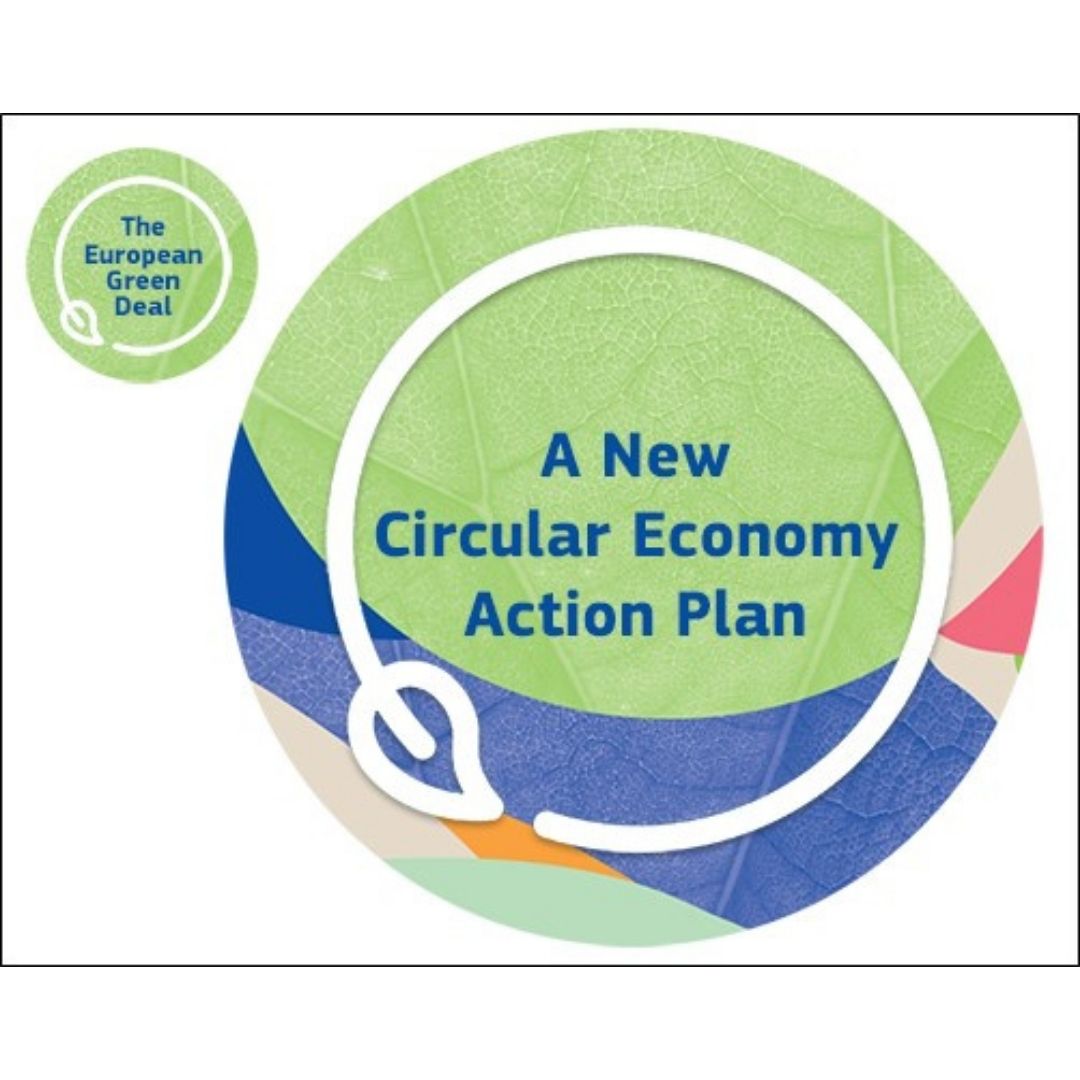Ever since the Club of Rome published its famous report “The Limits to Growth” in 1972, the illusion of an ever-increasing economic growth built on unlimited resource consumption has been severely questioned, and resource consumption in general has become a much-debated topic. 50 years later, awareness of the need to decouple growth from resource use has risen substantially – but progress towards a circular economy has been slim to non-existent. According to the recently published fifth Circularity Gap Report, the world consumed 28.6 billion tonnes of resources in 1972. In 2019, the world finally surpassed the mark of 100 billion tonnes, thus almost quadrupling the amount of resources consumed.[1]
While our current economic model is based on the linear function of extraction - production - usage - disposal, a circular economy aims to repair, reuse, and recycle our valuable, but scarce, materials and resources. By now, the need to transition from a linear- towards a circular economy has also been noted by policy makers around the world. In Europe, the main circular economy framework today is the Circular Economy Action Plan, in turn part of the European Green Deal. The underlying principle of circular economy policy measures is to extend the life cycle of products and to return the materials used in a product to the economy at the end of the product’s lifespan. Not only is waste thereby reduced, but products also receive additional value.
The EU Circular Economy Action Plan is the second of its kind, with the first adopted in 2015 and completed in 2019. It consists of a total of 35 actions and focusses on a number of identified key product value chains:
- Electronics and ICT;
- Batteries and vehicles;
- Packaging;
- Plastics;
- Textiles;
- Construction and buildings;
- Food, water and nutrients.
As such, the action plan is also inherently linked with the EU Industrial Strategy.
Circular economy actions are financed in Europe through various funding programmes that are well known to regional development practitioners. Some examples are mainly the Horizon Europe programme, the structural and investment funds in support of the cohesion policy, and the LIFE programme.
EURADA is currently project partner in two European circular economy projects: the FRONTSH1P project, and, together with our member INFO from Murcia, the Agro2Circular project. You can expect regular and more detailed information on the subjects circular economy and green transition throughout the year 2022. Should you desire more information on the issue of circular economy, please do not hesitate to contact our colleague, Jerome Friedrichs.
[1] Circle Economy. (2022). The Circularity Gap Report 2022. Amsterdam.
